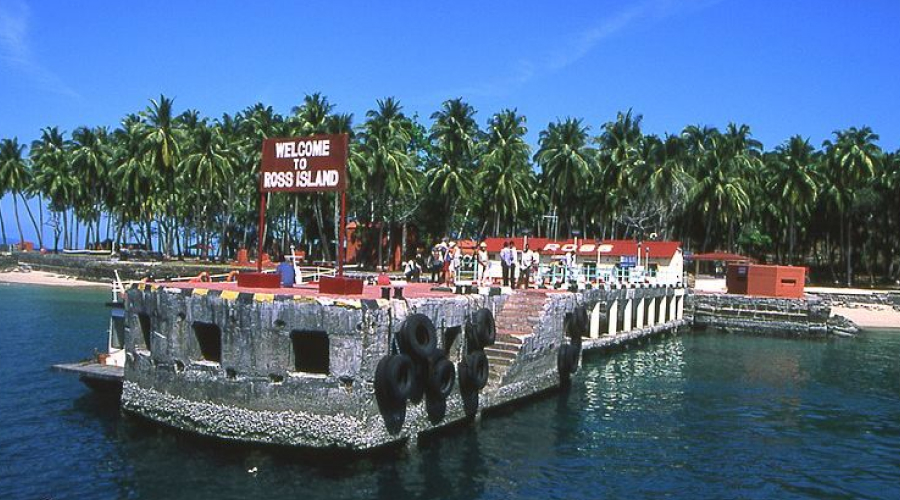Tucked away in the azure waters of the Andaman Sea, Ross Island stands as a hauntingly beautiful and historically significant remnant of the British colonial era in India. Once the administrative center of the British Empire in the Andaman and Nicobar Islands, this verdant islet now offers visitors a glimpse into the colonial past and the abandoned structures that remain. This article takes you on a journey through the intriguing history of Ross Island.
During the heyday of the British Empire, Ross Island was the administrative headquarters of the Andaman and Nicobar Islands. This tiny island, measuring just 0.6 square kilometers, became the nerve center for British colonial governance in the region. It was named after British marine surveyor Sir Daniel Ross, who arrived there in the early 19th century. The British transformed Ross Island into a picturesque colonial settlement, complete with grand buildings, manicured gardens, and recreational facilities for the British officials and their families. This little paradise was often referred to as the “Paris of the East.”
Ross Island’s status as a colonial haven didn’t last forever. During World War II, the Japanese occupied the Andaman and Nicobar Islands, and the British were forced to flee. The island was used as a prisoner of war camp during this period, and remnants of the conflict can still be seen today. After the war, the British chose not to return to Ross Island, instead opting to establish their administrative base on the nearby island of Port Blair. Ross Island was subsequently abandoned and left to the elements, allowing nature to slowly reclaim the structures that once stood as symbols of British colonial rule. Ross Island’s haunting beauty and historical significance have attracted the attention of tourists and history enthusiasts. Today, visitors can take a short boat ride from Port Blair to explore the ruins and remnants of the island’s colonial past.
The most prominent structures that can still be seen on Ross Island include the Chief Commissioner’s House, the Government House, the Church, and the Bakery. These buildings offer a stark contrast to the surrounding lush vegetation, and their decaying beauty serves as a poignant reminder of a bygone era.
Efforts have been made to preserve and restore some of the buildings on Ross Island. The Chief Commissioner’s House, in particular, has undergone renovation, and it now houses a museum that showcases the island’s history. These preservation efforts aim to protect the island’s cultural heritage and maintain its historical significance.
Ross Island, India, is a place where time has stood still, allowing visitors to step back into the era of British colonial rule and the subsequent abandonment of their administrative headquarters. The haunting beauty of the island, with its crumbling colonial structures surrounded by lush greenery, is a poignant reminder of the impermanence of empires and the enduring legacy of history. As travelers explore Ross Island today, they have the opportunity to reflect on the complex colonial history of the Andaman and Nicobar Islands, and to witness the power of nature’s reclamation of a once-thriving colonial hub. Ross Island serves as a historical gem that tells a fascinating story of the past, preserved for generations to come.


